SPICE: Primary Dynamics, Applications, and Advantages
2024-09-10
1448
Catalog
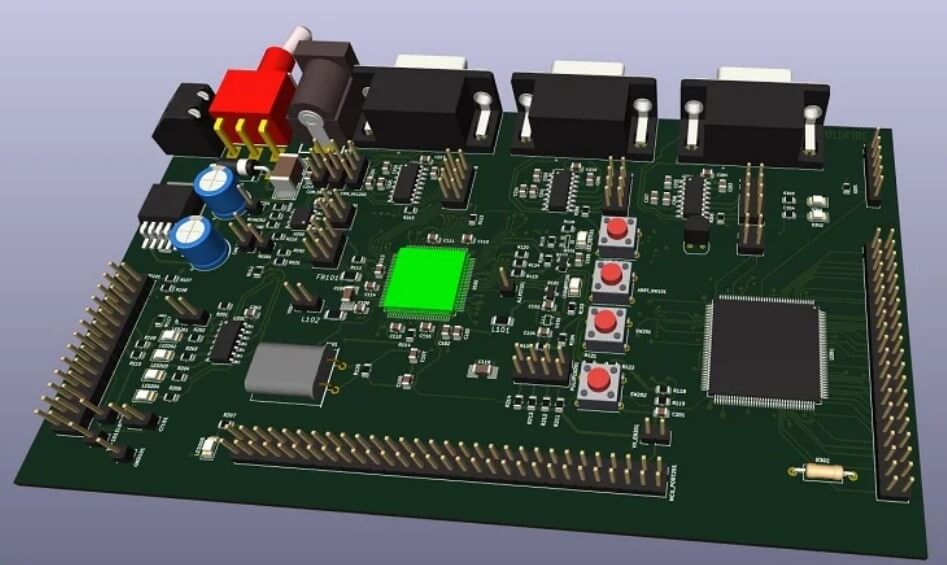
Figure 1: SPICE (Simulation Program with Integrated Circuit Emphasis) Overview
What Is SPICE?
SPICE is an open-source software tool that has revolutionized electronic design. Developed at the University of California, Berkeley, SPICE focuses on simulating analog circuits, allowing engineers to model and analyze how circuits behave under various conditions. It’s especially useful for circuits with DC to mid-range frequency applications, handling everything from simple designs to highly complex ones, up to about 100 MHz.
The Evolution of SPICE
SPICE, first developed at the University of California, Berkeley in 1973, has evolved since its early days, becomes an ideal to+ol in electronic simulation. Initially written in FORTRAN, a programming language known for its strength in scientific computing, SPICE was designed to work with the mainframe computers of the time, which handled complex data processing tasks. As computing technology advanced, SPICE also adapted. One of the major milestones was the release of SPICE2G.6, rewritten in the C programming language to take advantage of faster processing speeds and better support for parallel computing.
This transition marked more than just a shift in coding languages—it reflected the rapid growth in computing power and changing technological needs. Over the years, each new version of SPICE has expanded its capabilities, improving both its analytical precision and user interface. These upgrades have made SPICE more versatile, allowing it to handle an even wider range of circuit simulations and making it a go-to tool for engineers across various industries.
Using SPICE in practice is an interactive and iterative process. Engineers continuously refine their circuit designs based on feedback from the simulation results. This hands-on approach allows them to adjust individual components and parameters in real-time, long before they move to physical prototyping. Such iterative analysis not only helps optimize designs but also deepens understanding of why circuits behave in certain ways. This insight is invaluable for pushing the boundaries of electronic design and innovation.
SPICE Application
SPICE has a major part in electronic design by supporting various types of circuit analysis, including linear AC, non-linear DC, and transient analysis. These methods help engineers evaluate how circuits perform under different operating conditions. By applying Kirchhoff’s laws and using modified nodal analysis, SPICE integrates theoretical models with experimental data, allowing for accurate simulations. Engineers can model a wide range of components, from basic elements like resistors, capacitors, and inductors, to more complex devices like diodes, transistors, and even advanced elements like transmission lines and power sources.
In practice, SPICE transforms the design process by simplifying testing and refinement cycles. Engineers input their circuit designs into SPICE and simulate how the circuits behave under different conditions, adjusting components and configurations based on the results. This ability to quickly test and tweak designs in a virtual setting reduces the need for physical prototypes, speeding up development while improving precision. The availability of SPICE on personal computers, especially through tools like PSpice®, has made these powerful simulations more accessible, further embedding SPICE into modern electronic design workflows.
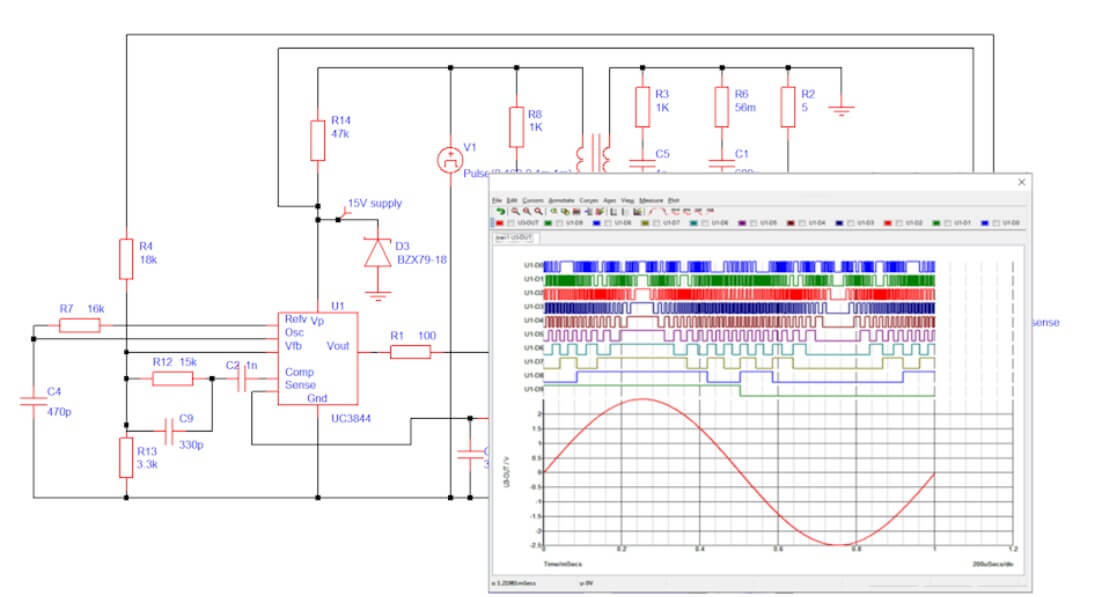
Figure 2: SPICE- Widely Used Across Electronic Industry
Device Modeling in SPICE
SPICE is especially valuable for creating detailed models that replicate the real-world behavior of electronic components. These models are built using a combination of theoretical understanding and empirical data, ensuring the simulations closely reflect actual performance. SPICE supports a range of analysis methods, including transient analysis, DC analysis, small-signal AC analysis, and noise analysis. Each method provides unique insights into how circuits function, helping engineers identify potential issues and optimize their designs before moving into production.
The process of using SPICE is highly interactive and iterative. Engineers test their circuit designs by running simulations and using the feedback to refine their models and improve performance. This hands-on approach allows engineers to explore how each component affects the overall design, ensuring the circuit is optimized for both functionality and reliability. SPICE's detailed modeling capabilities not only help in designing individual circuit boards and PCBs but also allow for more complex system validations. This comprehensive approach increases the reliability and efficiency of the final product.
Extending SPICE Beyond Electronics
SPICE is no longer just a tool for simulating electronic circuits; its capabilities have expanded to model non-electrical systems such as thermal and electromechanical processes. This is made possible by drawing analogies between electrical and non-electrical components. For example, thermal systems can be modeled in SPICE by comparing heat capacity to electrical capacitance. With these analogies, SPICE helps engineers simulate thermal behaviors in devices, providing valuable insights into heat management and the efficiency of cooling systems. This is especially effective when dealing with densely packed electronic components, where effective heat dissipation is effective in maintaining performance.
SPICE can also simulate electromechanical systems by converting mechanical components, like those in motor drives, into equivalent electrical models. This allows engineers to analyze both electrical and mechanical performance within a single, cohesive framework. By adjusting parameters and running simulations, engineers can refine motor drives and similar systems, gaining a comprehensive understanding of how both the electrical and mechanical aspects interact.
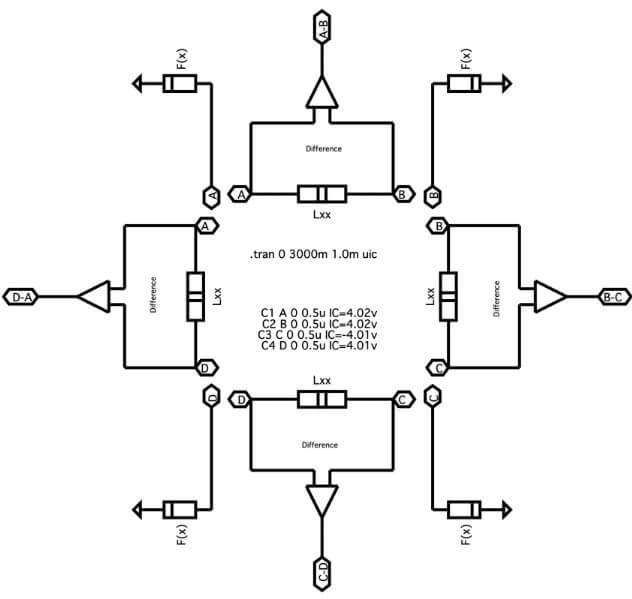
Figure 3: SPICE Simulator Circuit
Beyond thermal and electromechanical systems, SPICE's flexibility extends to fields like electromagnetic modeling and microfluidics. In electromagnetic modeling, SPICE simulates how electrical and magnetic fields interact with components, helping engineers design more efficient and robust devices. In microfluidics, SPICE uses electrical analogies to predict fluid dynamics in small channels, such as those found in lab-on-a-chip devices. By modeling fluid behavior under different conditions, engineers can optimize these systems for better performance.
These diverse applications highlight SPICE's versatility as a simulation tool that goes beyond traditional electronics. Whether simulating thermal management, mechanical systems, electromagnetic interactions, or fluid dynamics, SPICE provides engineers with a unified platform to handle a wide range of simulation needs, enhancing its value across multiple fields of engineering.
Benefits and Limitations of SPICE
SPICE is highly regarded in both academic and professional circles for its powerful simulation capabilities and cost-effectiveness, making it an industry-standard tool for circuit design. Its widespread use in electrical and electronic engineering programs highlights its importance in training future engineers. Through practical simulation exercises, students and professionals gain a deeper understanding of how circuits behave, improving their problem-solving skills and technical knowledge.
While SPICE offers great flexibility and depth in circuit analysis, the complexity of simulations can vary depending on the circuit's parameters and configuration. More intricate or unconventional designs may require advanced knowledge and can take time to simulate. Engineers need to develop a solid understanding of SPICE's features, from setting up initial conditions to interpreting detailed output data, which can involve a steep learning curve.
Despite these challenges, SPICE's advantages are considerable. It provides a robust platform for engineers to test and refine complex electronic designs without the need for immediate physical prototypes. This capability not only speeds up the development process but also cuts costs by reducing the risk of errors in manufacturing and avoiding multiple iterations. The ability to troubleshoot and optimize designs in a virtual environment before production is invaluable, making SPICE an ideal tool for engineers and researchers worldwide. Its role in streamlining electronic design drives both innovation and efficiency.
Conclusion
SPICE is central to both academic curricula and professional practice, providing robust simulation capabilities that enhance the design and reliability of electronic circuits. Despite its complexity and the learning curve associated with its use, the advantages of SPICE—including the ability to troubleshoot and optimize designs in a virtual environment—substantially reduce development time and costs. Moreover, SPICE's versatility extends to non-electrical systems, making it invaluable across various engineering disciplines. As a comprehensive simulation platform, SPICE drives innovation and efficiency, empowering engineers to explore new frontiers in technology.
 ABOUT US
Customer satisfaction every time. Mutual trust and common interests.
ABOUT US
Customer satisfaction every time. Mutual trust and common interests.
function test. The highest cost-effective products and the best service is our eternal commitment.
Hot Article
- Are CR2032 and CR2016 Interchangeable
- MOSFET: Definition, Working Principle and Selection
- Relay Installation and Testing, Interpretation of Relay Wiring Diagrams
- CR2016 vs. CR2032 What’s the difference
- NPN vs. PNP: What's the Difference?
- esp32 vs stm32: which microcontroller is better for you?
- LM358 Dual Operational Amplifier Comprehensive Guide: Pinouts, Circuit Diagrams, Equivalents, Useful Examples
- CR2032 VS DL2032 VS CR2025 Comparison Guide
- Understanding the Differences ESP32 and ESP32-S3 Technical and Performance Analysis
- Detailed Analysis of RC Series Circuit
 Johnson Counter Basics: How It Works and Main Considerations
Johnson Counter Basics: How It Works and Main Considerations
2024-09-11
 Exploring IC 7400: Specifications, Pin Configuration, and Practical Applications
Exploring IC 7400: Specifications, Pin Configuration, and Practical Applications
2024-09-09
Frequently Asked Questions [FAQ]
1. Are there any plugins or extensions that enhance SPICE's capabilities for specific applications?
Yes, there are various plugins and extensions available that enhance SPICE’s capabilities tailored to specific applications. For instance, there are extensions that allow for improved handling of more complex device models, such as advanced semiconductor devices or photonic components. Others facilitate better visualization and data analysis tools, enhancing the user interface for more intuitive interaction. These plugins can be particularly useful in sectors like automotive electronics, where specialized components require detailed simulations. By integrating these plugins, engineers can extend SPICE’s native functionalities to better suit specific industry needs, like enhanced thermal analysis for more reliable vehicle electronics.
2. How does SPICE compare with other circuit simulation tools available on the market?
SPICE is renowned for its accuracy and flexibility, making it a benchmark in the field of electronic circuit simulation. Compared to other tools like Multisim or LTSpice, SPICE typically offers more detailed simulation capabilities and a broader range of analysis types, such as noise analysis, sensitivity analysis, and distortion analysis. However, tools like Multisim may provide a more user-friendly graphical interface and better integration with hardware for real-time testing. Each tool has its strengths: while SPICE excels in the depth and breadth of its analytical capabilities, other tools might prioritize ease of use or specific features that cater to particular segments of the electronics market.
3. What are some advanced features of SPICE that experienced users find invaluable?
Experienced users of SPICE find several advanced features particularly valuable, features that are often absent in simpler simulation tools. One such feature is Monte Carlo Analysis, which allows users to perform statistical simulations to examine how variations in component values influence circuit performance. This capability is useful for high-reliability applications where understanding the range of potential outcomes is required. Another feature, Parameter Sweeping, enables systematic variation of circuit parameters to observe the resulting effects on circuit outputs. This function is useful for engineers aiming to optimize designs across various scenarios, ensuring robustness and efficiency. Additionally, SPICE offers Worst Case Analysis, a tool designed to forecast the most adverse conditions a circuit might face. This feature is ideal for applications in sectors like aerospace or medical devices, where ensuring operational safety and reliability under extreme conditions is required. Collectively, these advanced capabilities make SPICE an invaluable resource for developing sophisticated, dependable, and precise electronic designs, underscoring its significance in the engineering community.
4. Can SPICE be integrated with other software tools for enhanced functionality?
SPICE can be integrated with other software tools to enhance its functionality. For example, it is commonly paired with MATLAB or Python for more sophisticated data analysis and visualization capabilities. Users can export simulation data from SPICE to these programs to use advanced mathematical functions and plotting capabilities not inherently robust in SPICE. Additionally, SPICE can be integrated into CAD tools for a more streamlined design process, where physical layout and electrical simulation are closely coupled. This integration is effective in complex designs such as integrated circuits (ICs) and printed circuit boards (PCBs), where spatial configurations considerably impact circuit performance.
Hot Part Number
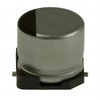 EEE-1VA470WP
EEE-1VA470WP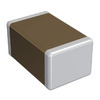 GRM21A7U2E121JW31D
GRM21A7U2E121JW31D LLA215R70J474MA14L
LLA215R70J474MA14L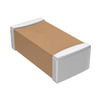 CGB2T1X6S0G105M022BC
CGB2T1X6S0G105M022BC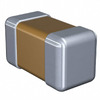 C0603CH1ER75C030BA
C0603CH1ER75C030BA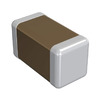 GRM1555C1H9R0WA01D
GRM1555C1H9R0WA01D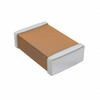 CL05F333ZA5NNNC
CL05F333ZA5NNNC 06035C102K4T2A
06035C102K4T2A 06031A121G4T2A
06031A121G4T2A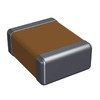 12102A152KAT9A
12102A152KAT9A
- EP2AGX45DF25C6G
- DS4830AT+T
- EL1883IS
- PIC24HJ64GP506-E/PT
- PI3C3126QE
- V300B3V3M100BN2
- RT0805DRE073K6L
- RT0805BRE071KL
- LC4128B-75TN100C
- SKKE400/16
- T491C474M050ZTZ012
- LM1117MP-5.0/NOPB
- L99H01QFTR
- TPS62230DRYR
- NCP1612A1DR2G
- MSP430F4250IDLR
- XCZU15EG-1FFVC900E
- OPA2349UA/2K5
- MC74LCX541DTR2G
- AD5839BCDZ-U2
- AD8326ARE
- AP4953GM-HF
- BU24590-8W
- DS26C31CM
- IDT70P257L55BYG18
- MAX294CPA
- TLV5624CDGKRG4
- UJA1076ATW/5V0/WD/1
- UPA2350T1P-E4-A
- UPD703017AYGC-MO7-8EU
- XC2VPX20-5FF896C
- CEP73A3G
- S470R1VF288PZARG4
- T74VCXHR162501
- VY06391-2
- KTY81-121
- SC8544CPXANG
- CL-PD6710-VC-B
- HF115F/024-1HS3